The world is made of people; of past and present lives encoded in the rearrangements of matter intermingled with our passing. The world is made of the stories we tell ourselves and each other about ourselves and each other. The world is made of information, sourced from sense organs and memory, and assembled into the scaffolding of associative maps on which we drape incomplete cartographies of function and meaning. The world is made of systems comprised of agreed upon patterns of boundary and discontinuity imposed upon an otherwise seamless and continuous interaction of variably dense phenomena. There is no such thing as the world except by experiencing its apprehension. And even then, there is precious little we can know for certain.

As people, we unconsciously hide much of the world from ourselves, and work together to do so. This is useful in a psychosocial ecology as complex as ours. It conserves our biological information processing capacity, protects us from a variety of emotional discomforts, and helps us work together in the absence of genuine goodwill. It also makes us extremely susceptible to manipulations that take place below the standard threshold of conscious awareness.

A flock of carrier pigeons is to the internet as the internet is to the collective unconscious.
There are all kinds of ways that we communicate with each other (and ourselves) without consciously realizing that this is what we are doing. This may take the form of body language or occur along other such direct psycho-physiological pathways. It may also happen by encoding signals into and reading signals from the environment.
Think of the total volume of these communication methods and the content that passes through them like an internet that we all use, but are not usually aware of - one that helps us keep the models of the world in our minds in line with the world we inhabit together as this shared reality changes over time.
Also consider that there are also all kinds of ways that we simplify life's complexities into stories about the world and our place in it. These stories lens our perceptions of life and our place in it. Broadly speaking, these stories are like tokens that naturally differ from what they represent. They are useful because they help mediate and coordinate social reality - which is to say the systems of shared consciousness that we participate by virtue of being people.
Now, in a group of people that all sort of believes the same thing and lives in a place that does not change too quickly - like in the tribal groups that our species evolved to be a part of - this method of mediating social reality helps keep life running smoothly. But as society has become more complex, become more diverse, and started to change increasingly quickly, we have had to develop new means and methods of synchronizing consciousness. These often look like technologies which explicitly operationalize procedures of unconscious information processing, and then sort these procedures into manipulable information systems.
This new tech has benefits and drawbacks.
It makes more information about us available to us in easily transferable forms - which is great insofar as we use such information wisely. We can now - for example - use computer models to study how religious rituals function as social biotechnologies, or map out the unconscious modification of affect in response to the presence or absence of subtle environmental stimuli. So in a sense we are empowered to take the admonition to know thyself into previously unimaginable territory.
The downside, of course, is that this also makes it easier for people with bad intentions to manipulate our thinking and behavior without our knowledge. And as all of our information systems are digitized, connected to each other, and interfaced with the physical environment, it becomes increasingly easy for people with power in these systems to carry out such manipulation remotely.
In a mechanical, physical, emotional, and psychological sense, such manipulation is presently effected and regulated by multiplexed systems of control installed throughout society. These systems of control are mapped to our bodies, embedded in our psyches, and encoded into our environment.
So what is the trancewar?
In short, the trancewar is the technologically-augmented struggle for power over human consciousness. It is the psychological warfare of the 21st Century which strives with increasing success to make us all into instruments of the power elite without our knowledge or consent.
People are not built to be manipulated in this manner, so the trancewar is extremely problematic.